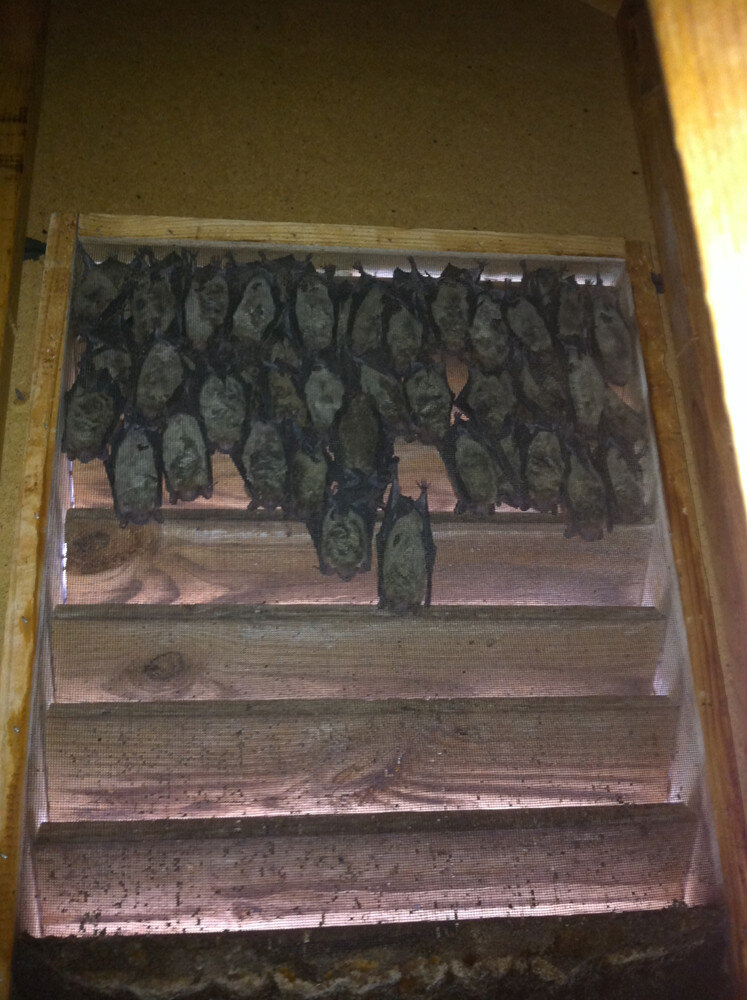Your attic, once a space reserved for storing old belongings or holiday decorations, could be hosting uninvited furry inhabitants. Understanding which animals might have taken up residence in your attic is the first step in effective removal and preventing potential damage to your home.
Rats and Mice: The Silent Invaders
Rats and mice are among the most common attic invaders, seeking shelter, warmth, and a steady food supply, especially in the colder months. These rodents are experts at finding small openings to enter your home, and once inside, they can cause significant damage by gnawing on wires, insulation, and wooden structures.
Signs of rodents in the attic:
- Scratching or scurrying sounds in the attic.
- Droppings resembling small pellets.
- Chewed wires, insulation, or cardboard boxes.
Squirrels: Agile Acrobats
Squirrels, with their acrobatic skills and agility, can easily find their way into your attic. Once inside, they may build nests and chew on wiring, potentially causing electrical hazards. Squirrels are most active during the day, and you might hear their scampering and scratching noises.
Signs of squirrels in the attic:
- Daytime activity in the attic.
- Chewed or damaged entry points.
- Nests made of leaves, twigs, and other materials.
Raccoons: Nighttime Intruders
Raccoons, notorious for their intelligence and adaptability, may choose your attic as a cozy den. These nocturnal creatures can cause substantial damage while searching for food and creating nests. Raccoons are particularly problematic due to their size and strength.
Signs of raccoons in the attic:
- Loud thumping or walking sounds at night.
- Disturbed insulation and droppings.
- Paw prints and damage around entry points.
Bats: Silent Flyers
Bats, while beneficial for controlling insects, become problematic when they roost in your attic. These silent flyers can squeeze through small openings and may form colonies, leading to noise, odor, and the potential transmission of diseases like rabies.
Signs of bats in the attic:
- Squeaking or chattering noises at dusk.
- Stains on walls from bat droppings (guano).
- Strong, unpleasant odors in the attic.
Birds: Feathered Nesters
Birds may find your attic a suitable location for nesting, especially during the breeding season. While they might seem harmless, their nesting materials can clog vents, creating fire hazards. Bird droppings may also carry diseases and attract other pests.
Signs of birds in the attic:
- Bird calls or chirping sounds.
- Nests built from twigs, leaves, and feathers.
- Droppings on windowsills or around entry points.
Opossums: Nocturnal Visitors
Opossums, with their distinctive appearance and prehensile tails, are known for seeking shelter in attics. They are nocturnal creatures, which means they are active during the night. Opossums are generally opportunistic and may enter your attic in search of warmth and protection.
Signs of opossums in the attic:
- Nighttime activity in the attic.
- Presence of feces and urine, often near entry points.
- Disturbed insulation or nesting materials.
Insects: Tiny Pests, Big Problems
While larger animals like rodents and raccoons are common attic invaders, insects can also be problematic. Ants, termites, and bees may find their way into your attic, creating nests and potentially causing structural damage. Insects are often attracted to the warmth and shelter provided by attics.
Signs of insects in the attic:
- Presence of ant trails or termite damage.
- Audible buzzing or humming sounds from bee activity.
- Visual evidence of nests or hives.
Why Call a Wildlife Removal Specialist?
While it may be tempting to address the issue on your own, calling a wildlife removal specialist is the safest and most effective way to deal with attic invaders. Here’s why:
- Expert Identification: Wildlife removal specialists are trained to identify the species causing the issue. Proper identification is crucial for implementing the right removal strategy.
- Humane Removal: Wildlife removal specialists follow ethical and humane practices. They ensure the safe removal and relocation of animals, respecting both the creatures and your property.
- Risk Mitigation: Dealing with wildlife comes with inherent risks, including bites, scratches, and exposure to diseases. Wildlife removal specialists have the knowledge and equipment to handle these situations safely.
- Effective Solutions: Specialists use proven methods to remove animals from your attic and implement preventive measures to avoid future infestations.
- Damage Assessment and Repair: After removing the animals, specialists can assess and repair any damage caused to your attic. This includes fixing chewed wires, insulation, and entry points.
Safeguard Your Home with Professional Help
If you suspect that unwanted creatures have made your attic their home, don’t hesitate to call a wildlife removal specialist. Taking prompt action ensures the safety of both your property and the animals involved.


